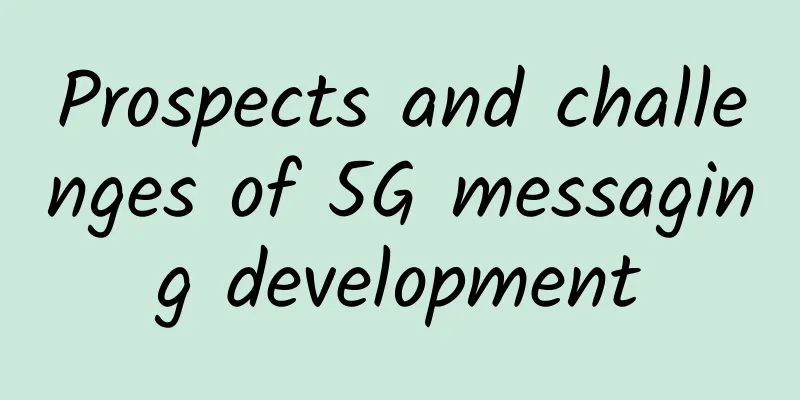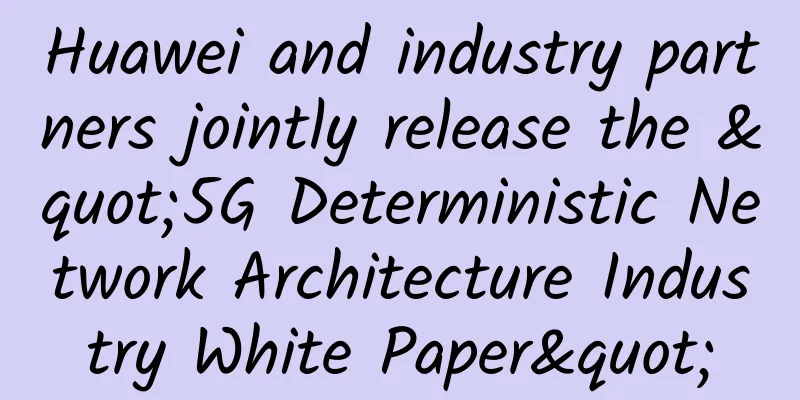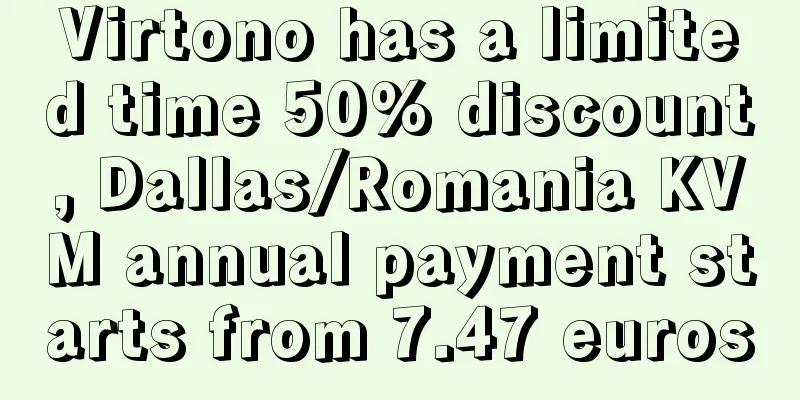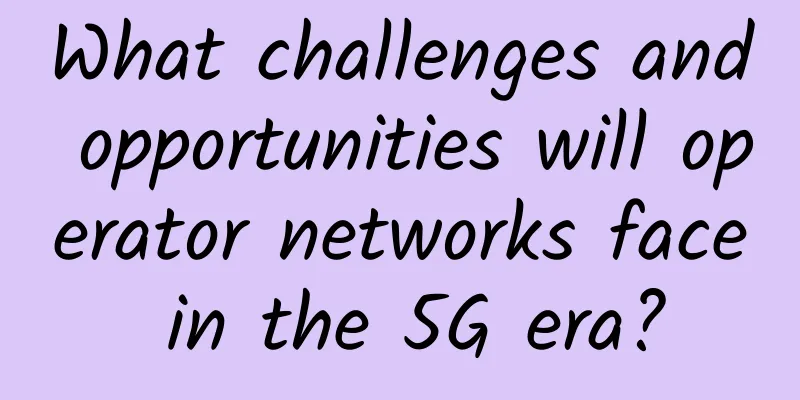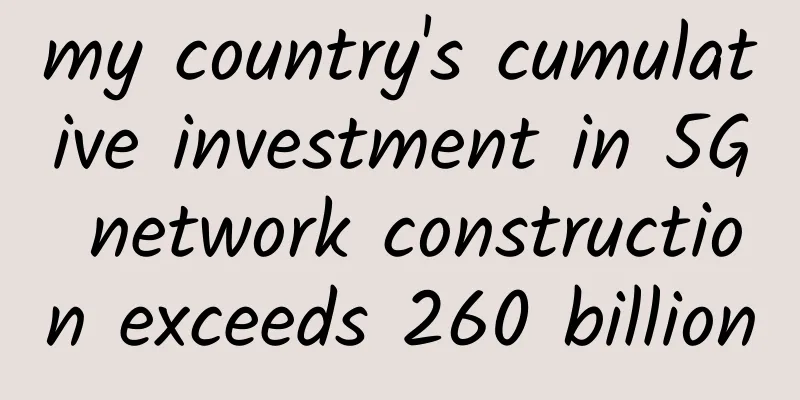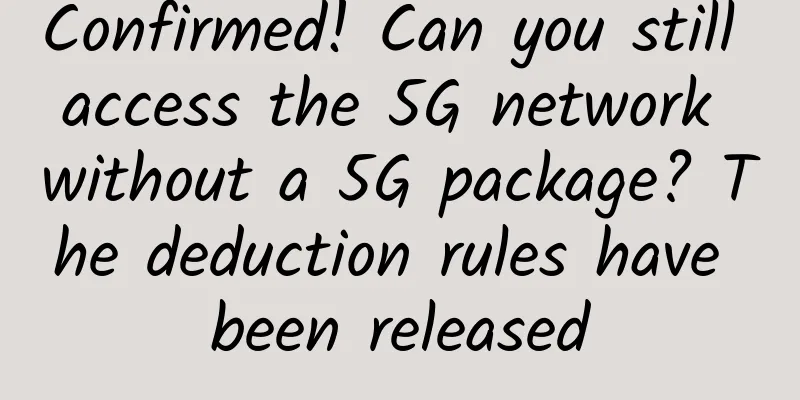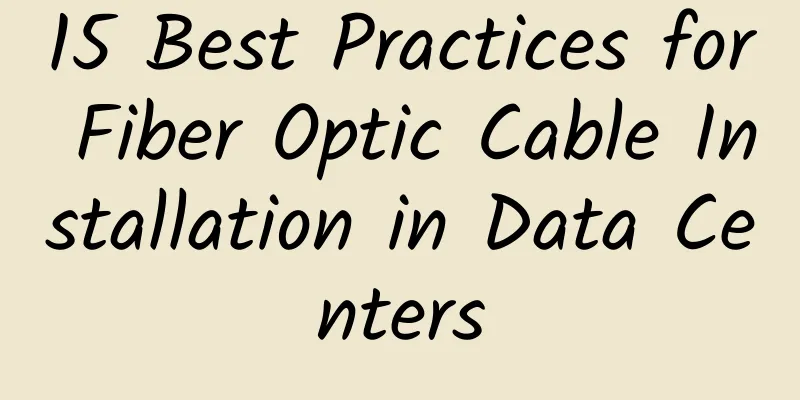A Simple Explanation of Decentralized Applications
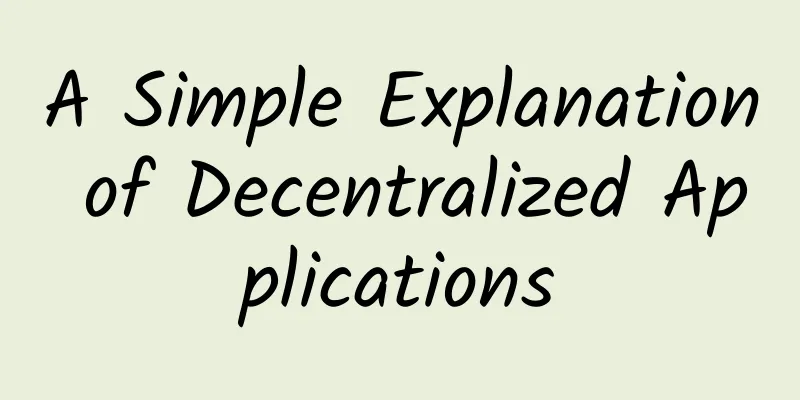
|
In this article, we will explain what a decentralized application (DApp) is and how it works. What is a DApp?Decentralized applications (short for DApp) consist of smart contracts visualized on the front end and executed on a peer-to-peer network. The front end can be a website, consisting of HTML, CSS, and JS code; the back end consists of smart contracts written in solidity. Our DApp can run on the Ethereum blockchain because it is a peer-to-peer network, and because decentralized applications use blockchain technology, they are not controlled by a central authority, which means that our DApp does not require a central server. DApp StandardsBlockchain as a guideline About how DApp works. In our example, we will use the car manufacturer Volkswagen, who is negotiating a new contract with a tire manufacturer, establishing contracts such as a global agreement (GVA), a data protection agreement (DPA) or a service level agreement (SLA). Since there are many policies and contracts, there will be some disagreements and problems during the contract negotiation, so the negotiation may take several months and lead to high costs. Now, let’s compare the crowd example to DApp. Common problems in our contract negotiations include:
But we can easily solve these problems using DApp, and Ethereum provides the foundation for this. You can compare it to multiple parties processing a document at the same time, and the file is not on a central server, but on a decentralized server. As a result, everyone has a copy of the contract, which prevents unauthorized persons from changing the file without causing data loss. Using Dapp, we can achieve the following goals:
Now, we can use DApps to provide more control and security to everyone. Open source as a principle Open source software, which has freely accessible source code. This means that everyone can influence the software. Therefore, anyone can review the software and reprogram it. DApp also has open source code, which works independently of the central instance, and there is no administrator to influence future development. Therefore, DApp must adapt to changes or market reactions. Tokens as standard A token is a digital unit that represents a copy of a record in the blockchain. In this context, the word token can have several meanings and therefore can fulfill several functions, depending on how we want to use the token. Encryption as a guideline DApps also need to be protected, and miners want to be rewarded for their work. Using the Proof of Work algorithm, we can create tokens to reward miners. Three types of decentralized applications: Type 1. DApps that reside on their own blockchain. Type 2. DApps using Type 1 blockchain. Type 3. When we use Type 2 protocol (source code). These three types are logically interdependent. For example, let's use Ethereum. It meets all four conditions of a DApp. Therefore, it is open source and has its own blockchain. It uses tokens and can also generate them. Ethereum offers the possibility of using smart contracts. We use them to set certain conditions. With their help, DApps can be created. For example, Azure, Golem or Fun Fair, they are all classified as type 2. Type 3, for example, is an application that uses the Azure infrastructure. After learning about the different standards and types, we still need to understand how decentralized applications work. How DApps WorkWe can provide our own DApp through smart contracts, which is a tool based on Ethereum, and smart contracts allow us to connect to the blockchain. Let's explain it with a simple example, websites usually use programming languages like HTML, Java or CSS to display pages, we also need data from a database to use an API. For example, when you visit Facebook, the website will call the API, and then it will display the information you need. A DApp works similarly to a website, with the main difference being that there is no API connected to a database. Instead, you have a smart contract connected to the blockchain. Advantages of DAPPOnce a Dapp is developed, it cannot be deleted at will because it runs on the blockchain and can be run on every computer, which also means that others cannot shut down your Dapp; since the Dapp is not on a central server, it also has no downtime; Dapp can also be self-sustaining through tokens, and the consensus mechanism ensures that everything runs smoothly. |
<<: Inventory: Excellent NaaS providers in 2021
Recommend
Global 5G users will reach 3.5 billion by 2026
Globally, more than 1 billion people, or 15% of t...
Western Digital Enters In-Memory Computing Segment with New ULTRASTAR Memory SSD
Western Digital Corporation (NASDAQ: WDC), the le...
Let’s talk about how IP addresses are allocated?
In the IPV4 era, IP addresses are a scarce resour...
SDN/NFV/CLOUD is too complex and AI and 5G accelerate the reconstruction of the network
Just like decoration in life, during the decorati...
In the Internet Queen’s “Spring Festival Gala-style report”, what are the things worth spending five minutes paying attention to?
Internet Queen Mary Meeker's annual Internet ...
CN2 restocking: $46.7/year - dual core, 1G memory, 20G hard disk, 1TB monthly traffic, KVM, multiple computer rooms
It's been a long time since I shared informat...
Inventory of common Ul Ol lists and common list marker icons in HTML
[[402167]] 1. Concept The CSS list properties are...
Tongmingzhi Cloud "appeared" at the 2022 Information Technology Independent Innovation Summit Forum and released the Loongson 3C5000-based application delivery gateway
Recently, the 2022 Information Technology Autonom...
Pre-5G era: scenarios where Wi-Fi is still indispensable
Recently, the concept of 5G technology has been h...
VMISS adds 30% off on Tokyo data center in Japan, and monthly VPS in Los Angeles CN2 GIA/AS9929/Hong Kong/Korea/Japan starts from 3.5 Canadian dollars
VMISS recently added a second node in Japan, Toky...
[11.11] RackNerd: $11/year-1GB/12G SSD/2TB/San Jose/Seattle/Dallas and other data centers
RackNerd has launched this year's Double 11 p...
Performance: Network Communication Optimization and Communication Protocol
introduction Hi, everyone! I am Xiaomi, welcome t...
Unleashing the power of 5G: Innovative devices will revolutionize connectivity
There’s no denying that the advent of 5G technolo...
Weibu Online was rated as an excellent technical support unit for financial security situation awareness by the People's Bank of China
On October 15, the "2021 Financial Cybersecu...
The whole process of solving the problem of sticky packet unpacking during TCP communication
[[359421]] When using TCP protocol for communicat...

